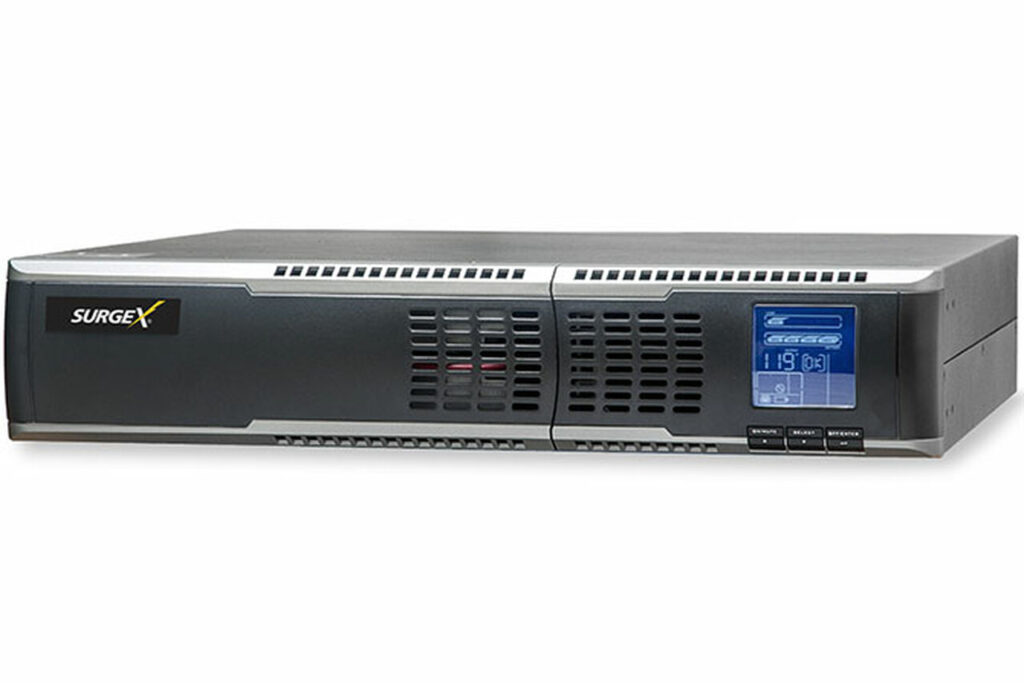Which battery is right for your client?
Let’s face it, PG&E has not been our friend in the last few years. Your clients are probably asking about Tesla Power Walls or how to avoid the inconvenience of the Public Safety Power Shutoffs. We have a lot at stake when power is a problem at your client’s high-end home.
Standby UPS vs Dual Conversion UPS

We have all used Standby and Line Interactive UPSs on our computers. They are inexpensive and provide backup power when you have a blackout. The downside is a switching delay from grid power to battery power. That delay is often long enough for sensitive microprocessors to shut down, and you get a call from your client. They also have an issue with brownouts, which can be very common in the San Francisco Bay Area. Many units have a buck/boost circuit that attempts to regulate voltage during power sags to counter the shutoffs. However, these circuits create a simple square wave or modified sine wave output at best. Your switching power supplies (wall warts) will not like that. So you’re likely to see crashes or gear that fails earlier than expected. And you get another call from your client.

Dual Conversion UPSs take a different approach. To eliminate switching time, these UPSs take in grid power and convert it to DC (Rectifier in the image above), which charges the battery. Then the DC is converted back to AC (Inverter in the image above) that feeds your gear. The sine wave is regenerated and is very clean and stable with zero switching time. Brownouts are not a factor since the DC batteries are online all the time. If there is a downside, they are more expensive and usually require a cooling fan. You’ll find Dual Conversation UPSs in data centers and hospitals, anywhere power uptime is critical.
